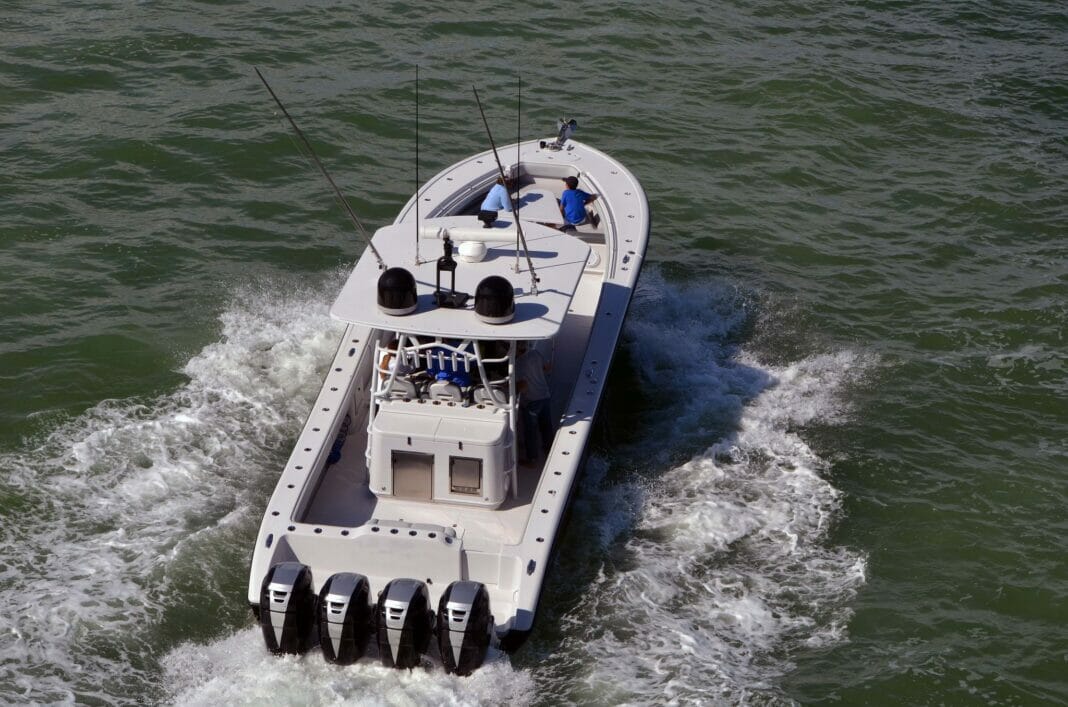The outboard engine is the heart of your boat, providing you with all the power you need to explore and navigate across the seas. To keep it running smoothly, consistent and proper maintenance is essential–starting with flushing your engine after sailing in saltwater. In this article, we’ll discuss the importance of flushing your outboard motor, what tools and techniques you need, and provide guidelines on how to do it right for optimal performance.
The Importance of Flushing Outboard Engines
Flushing your outboard engine is no longer a question of ‘if’, but ‘when’. It’s a simple process that can prevent costly repairs and ensure the longevity of your engine. Here are some compelling reasons to get flushing:
The Foaming Fury of Saltwater
Outboard motors valiantly battle the constant onslaught of saltwater, risking corrosion and damage to their vital components. A simple freshwater flush can guard against this peril, washing away any salty residue from the cooling passages.
Deflect Debris and Sand
Run your engine in shallow water or near sandbars, and you risk a powerful foe–sand and debris–entering the cooling system. A flush can break up any blockages, restore water flow, and keep your engine running cool.
Supercharge Performance and Longevity
To take full advantage of your outboard motor’s capabilities, regular flushing is essential, preventing buildup of salts and debris that lead to starts that are slow and listless. By removing harmful substances, you also preserve its lifespan, allowing it to be enjoyed for years to come.
Flush Your Outboard Engine–A Primer
There are various techniques and tools you can use to flush your outboard engine. But which is the most effective? Let’s explore the options! From adapters to full-fledged flushing systems, discover which method works best for you today:
Flush Muffs
Earmuffs for your engine, these rubber cups attach to a garden hose and flood the water intake ports with fresh liquid.
Flush Port
The modern convenience of a dedicated flush port allows you to connect your garden hose directly to the side of your engine for a swift and thorough flushing.
Flush Bag
For those who prefer the full submersion feel, a strong and dependable flush bag can be filled up with water and connected to a garden hose, allowing your engine to take in all that blissful freshwater while it runs.
Onboard Flushing System
The latest in outboard engine innovation allows you onboard store freshwater and flush your engine whenever you don’t have access to a hose!
Ensure Optimal Performance with These Outboard Engine Flushing Tips
If you want to keep your outboard engine running like a dream, follow these steps:
Consult the Instruction Manual
Before doing anything else, brush up on the recommended flushing procedure for your exact model and consult its instruction manual.
Flush Regularly
Make sure you don’t forget to do this after every outing, especially if you frequently boat in saltwater or cloudy areas.
Allow Sufficient Time
Allow 5–10 minutes for freshwater to circulate through every nook and cranny of that engine.
Monitor Temperature
When running the engine while using flush muffs or bags, make sure you’re keeping an eye on that temperature level, so it doesn’t overheat.
Inspect for Blockages
Give those water intake ports a once-over before getting started–you don’t want anything blocking the flow of fresh water!
Flushing your outboard engine is an essential part of keeping it running like new. Don’t let the harsh environment of saltwater and dirt ruin your precious investment! Follow this article’s guidelines to make sure you flush correctly, avoiding corrosion and blockages for high-powered performance and a longer engine life.


